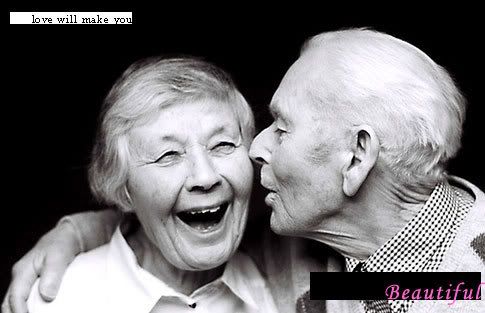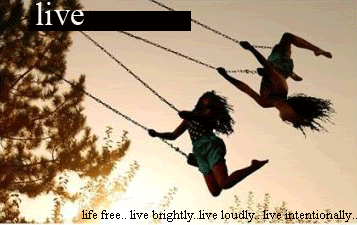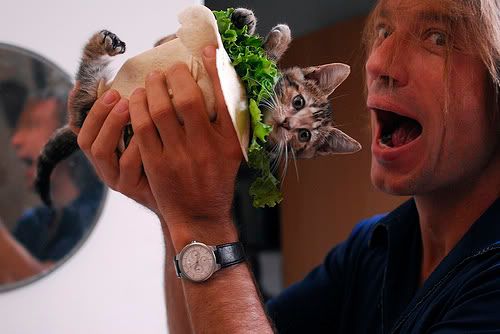In the Mid-80s the Coca-Cola company decided to create a new formulate for their product; it was going to be called just Coke, or the New Coke. The reason why they decided to do this is because Pepsi was an emerging brand that was challenging them and their sales. Coca-Cola's sales remained stagnant while Pepsi's were continuing to grow. In order to fight back against the growing popularity of Pepsi they decided to try out the new formula.
They released the new Coke on April 23, 1985 with a lot of hype. The New Coke had a new taste in a new can. The company ran by chairman Roberto C. Goizueta, bought prime time spots for Coke's new ads. He described the new Cokeas “smoother, rounder yet bolder.” However the publics' reaction was completely different. People were completely unhappy with the new coke, and spoke of it almost as an atrocity. People actually tried to stock pile cases of the original Coca-Cola!! The original product was being sold at a rate of $30 a case (that sounds like a lot for soda now, think about how much it was in the mid-80s before the recession!) By July 11, of the same year, the New Coke was already taken off the market by the company. The president of the company released the statement: “We did not understand the deep emotions of so many of our customers for Coca-Cola.” Enrico of Pepsico even stated back on April 24, 1985, "These two products, Pepsi and Coke, have been going at it eyeball-to-eyeball. And in my view the other just blinked."
It has been said by marketing experts that the reason the Coca-Cola's marketing ploy went so wrong was because people did not actually want a New Coke. I think this makes a lot of sense, because Coca-Cola original is something that has always to me represented in a way the classic aspects of America. For instance, apple pie represents the wholesome American, and to me when I think of this I think of a glass bottle of coke, a Nathan's Ball Park hot dog, and a slice of apple pie, all resting on a white and red picnic blanket. I think changing the Coke took away a vital part of the identification that people feel with the Coke brand. Coca-Cola had been exactly the same since 1903, when the formula had to be changed because it contained too much cocaine. By the 1980s most consumers had grown up drinking the original and had most likely developed some sort of brand loyalty. I think that is the catch. If the consumers are to stay loyal to the brand the brand must stay loyal to them. I think when the Coca-Cola changed, this shocked people. It wasn't the same brand anymore, in a way it broke the "trust" that it had with it's costumers. Consumers trusted Coca-Cola to remain the same -- Here is my perspective on this aspect of their failure. Things change in life that we can't control, and sometimes when this happens we want to fall back on things that we know won't change or dissapoint us. For some loyal consumers Coca-Cola could have been just that. After a hard day at the job, a refreshing Coca-Cola with dinner, to remind them that some things are unchanging and some things are just as good as they were when they were children, could be just what they wanted, but with the New Coke there feeling of security was taken away from them.
Coca-Cola made three key mistakes when launching the New Coke. They focused on the individual product, not the brand name, they didn't take into consideration the emotional attachment that the public felt to the original Coca-Cola, and their research did not aim at actually determining whether or not a New Coke would be appropriate and if so how should it be created. The slogan "Always Coca-Cola" is probably the most memorable when associated with the brand. Though new slogans have come in and out, that one seems to remain. A company can never underestimate the loyalty of their consumers with out making a drastic mistake.

 This is an example of a modernist building.
This is an example of a modernist building.
 Andy Warhol is considered a postmodern art. This is also called Pop Art.
Andy Warhol is considered a postmodern art. This is also called Pop Art.











